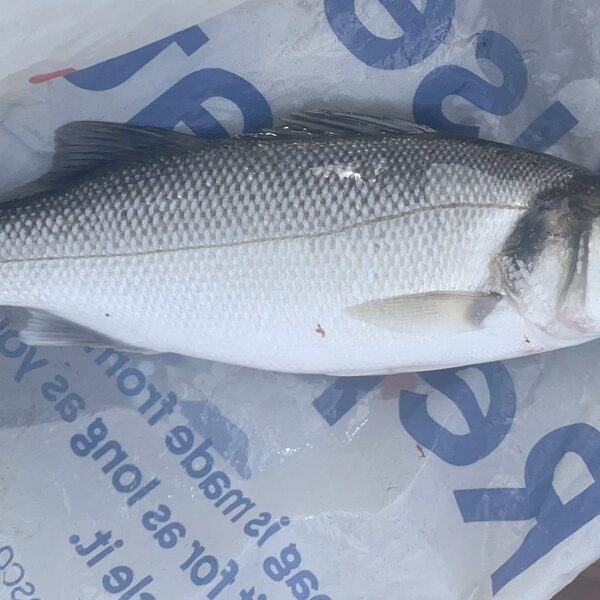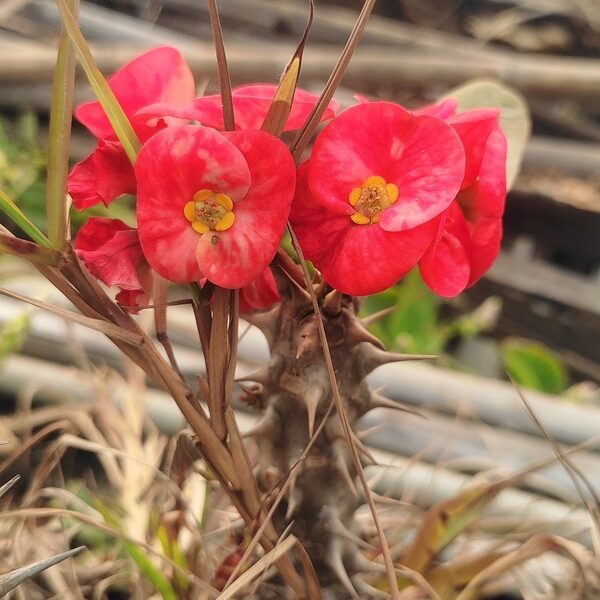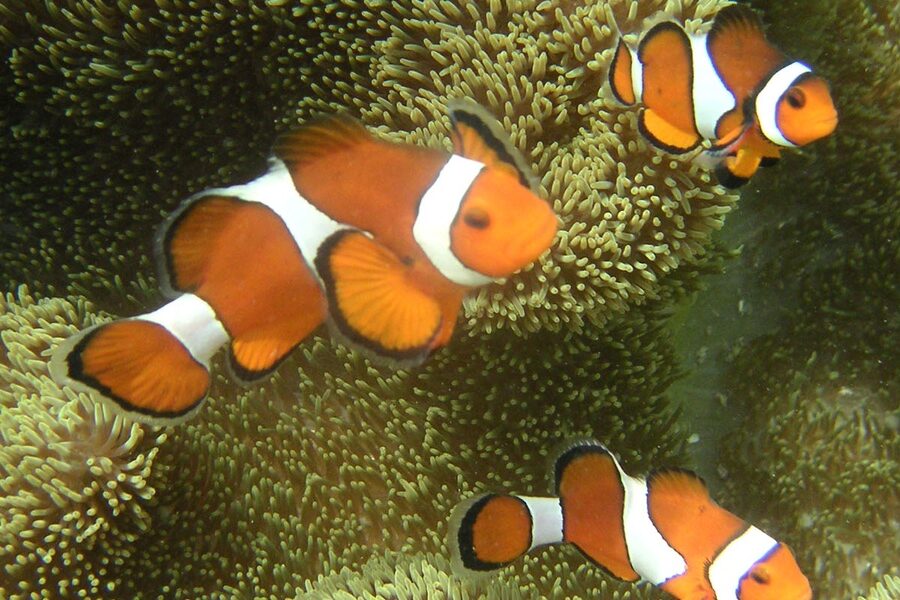characteristics of a goldfish
Contrary to a long-running myth, goldfish can form memories that last for months — studies show they retain conditioned responses for at least 3 months (see peer-reviewed conditioning studies on goldfish memory).
This fact matters because understanding goldfish traits helps owners provide better care, reduce preventable illness, and keep fish thriving longer. A well-matched setup and routine cut down on vet visits and stress for the fish.
Selective breeding that began in China in the 16th–17th centuries produced many of the shapes and colors we see today, and those physical differences influence swimming, diet needs, and disease risk.
Below are ten clear characteristics, grouped into four categories — Physical Characteristics; Behavior & Social Traits; Health & Lifespan; Care & Environmental Adaptations — so you can spot healthy traits and adjust husbandry accordingly.
Physical Characteristics

Centuries of selective breeding in China and Japan have produced a huge range of body shapes, fin types, eye forms, and color patterns in goldfish. Those differences aren’t just cosmetic — they change how a fish swims, how fragile it is, and what care it needs.
Some variants, like telescope-eyed types, are prone to injury; deep-bodied fancies tolerate slower water flow but need gentler feeding; longer, single-tailed commons and comets are built for speed and space.
1. Body shape and size range
Goldfish body types range from elongated, streamlined commons and comets to the compact, deep-bodied fancy breeds. The differences are dramatic and affect husbandry.
Commons and comets are strong swimmers and can reach 6–12+ inches in well-kept ponds; many fancies (Ryukin, Fantail) generally fall in the 4–8 inch range with good care. Size directly affects tank and pond planning.
Because rounded bodies have higher drag and sometimes compressed internal organs, fancy types tire more easily and need calmer water and easier access to food compared with streamlined commons.
2. Coloration and genetic variety
Goldfish come in a broad palette — orange, red, white, black, calico and bi- or tri-color patterns — driven by pigments (carotenoids, pteridines, melanins) and breeding. Breeders have named well over 100 distinct varieties and dozens of patterns.
Diet and water quality affect color intensity: carotenoid-rich foods (shrimp, krill, specially formulated pellets) help red and orange pigments stay vibrant. Conversely, paling or sudden blackening can signal stress or illness.
Examples include the calico Shubunkin with its speckled pattern and red-and-white koi-like variants; selective genetics determine whether colors are stable or change with age.
3. Fin and eye types
Fin types range from single, streamlined tails to long, flowing double tails. Eye forms include standard, telescope, and bubble eyes, each with practical implications.
Single-tailed breeds (common/comet) are better open-water swimmers. Double-tailed fancies (Fantail, Oranda) have reduced speed and may be more vulnerable to fin damage or rot if water quality slips.
Telescope and bubble eyes require calm tanks and no sharp decor; their protruding eyes are easily injured. Watch fin condition — fraying, clamping, or discoloration are early signs of problems.
Behavior & Social Traits
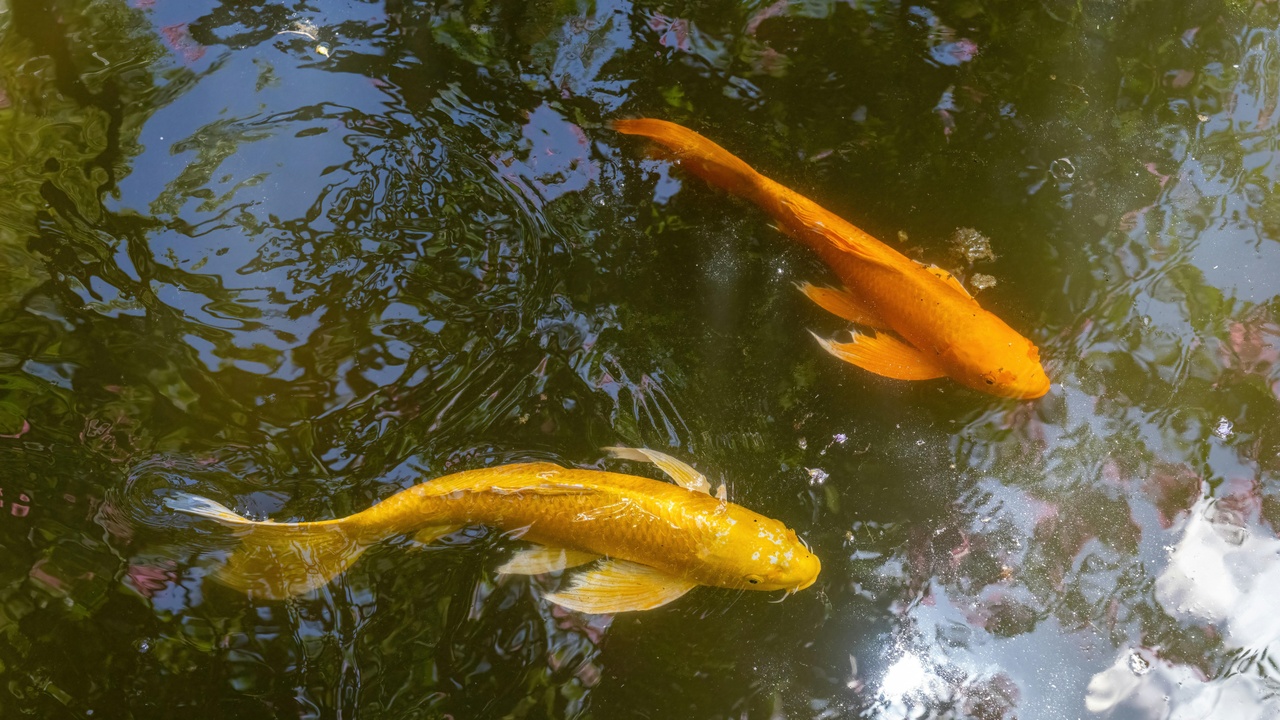
Goldfish are active, curious fish with clear behavioral patterns: they are opportunistic feeders, social in loose groups, and capable learners. Observing behavior gives quick clues about wellbeing.
Simple enrichment — changing feeding locations, introducing targets, or gentle currents — keeps them engaged and reduces stress-related behaviors like constant surface chasing.
4. Feeding habits and omnivorous diet
Goldfish are omnivores and will eat flakes, pellets, vegetables, and live or frozen foods. Feed 1–2 times daily and only what they can eat in about 2 minutes to avoid overfeeding and water-quality problems.
Vegetables such as blanched peas or spinach add fiber and can relieve constipation or swim bladder issues. Use commercial pellets labeled for fiber content as a daily staple and offer protein treats (bloodworms, brine shrimp) once or twice weekly.
Rotate food types to provide balanced nutrition and prevent picky-eating. Portion control also cuts down on ammonia spikes that stress fish.
5. Social behavior and recognition
Goldfish often form loose hierarchies and can school or shoal in groups, especially commons and comets. They may learn to recognize caretakers and approach at feeding time.
Because they can outcompete shy tankmates for food, pair slow-moving fancy goldfish with similarly paced companions. Observe for signs of stress such as constant chasing or withdrawn fish to adjust stocking.
Group size affects stress: small groups of compatible goldfish (3–6, depending on tank size) usually do better than single fish kept in isolation for long periods.
6. Learning ability and memory
Goldfish can learn simple tasks and retain memories for months; conditioning experiments show they can associate colors or targets with food and recall that association after weeks to months.
Training reduces boredom and improves welfare: try target training (a colored ring or stick) or teach a fish to swim to a lane for food. Short sessions (5–10 minutes) a few times a week work well.
Examples include color-association tasks and lever-pressing experiments in labs; these exercises give owners an interactive way to monitor cognition and health.
Health & Lifespan

Knowing the characteristics of a goldfish helps predict longevity and disease risk. Lifespan and health depend heavily on space, water chemistry, diet, and proactive care.
Common problems include swim bladder issues, parasites (like ich), bacterial and fungal infections, and ammonia-related burns. Early detection and stable water help prevent most cases.
7. Lifespan and growth patterns
Under poor conditions goldfish may live only a few years; with proper care, many reach 10–15 years and many live 20+ years. Record cases reported by aquarium societies have reached 30–40+ years.
Goldfish exhibit indeterminate growth: they keep growing if given space and nutrition. A common pet goldfish may reach 6–8 inches in an aquarium and larger in ponds, so plan for adult size when choosing housing.
Factors influencing lifespan include genetics, stocking density, water quality, temperature stability, and diet quality — all things an owner can control to a large degree.
8. Common diseases and warning signs
Watch for white spots (ich), frayed fins (fin rot), rapid gill movement, clamped fins, red streaks, or abnormal buoyancy (swim bladder problems). These are clear prompts to test water and act.
First steps: test ammonia, nitrite, and nitrate; check temperature; isolate sick fish in a quarantine tank; and consult a vet or local aquarium society for diagnosis. Quarantine new fish for 2–4 weeks to avoid introducing disease.
Treatments vary: ich often responds to temperature adjustments plus approved medications; bacterial infections may require targeted antibiotics. Overfeeding is a common contributor to swim bladder and digestive issues.
Care & Environmental Adaptations
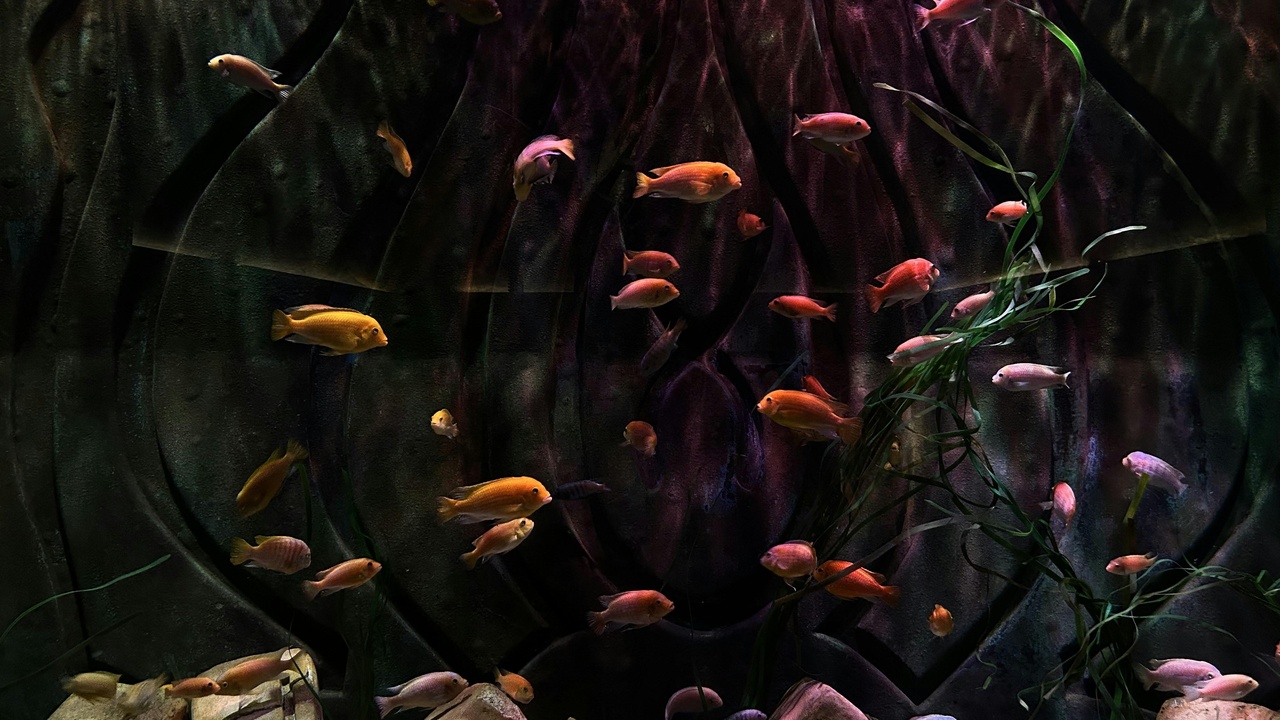
Goldfish adapt well to captivity when their environment matches physical and behavioral needs: adequate filtration, stable chemistry, room to swim, and environmental enrichment are non-negotiable.
Adequate filtration and regular maintenance keep ammonia and nitrite at 0 ppm and nitrates low, and that dramatically reduces disease risk and improves growth and coloration.
9. Water quality and temperature tolerance
Ideal aquarium temperature is about 65–75°F (18–24°C); pond-kept goldfish tolerate much colder water down to around 40°F in winter. Stability matters: wide swings stress fish and invite disease.
Maintain ammonia = 0 ppm, nitrite = 0 ppm, and keep nitrates below roughly 40 ppm. Use mechanical plus biological filtration (sponge filters, canister filters) and perform 20–30% weekly water changes in most home aquaria.
Strong oxygenation — air stones or increased surface agitation — helps larger-bodied fish and crowded tanks, since oxygen demand rises with biomass.
10. Adaptations to captivity and enrichment needs
Goldfish do best with varied diets, safe plants (Anubias, java fern), hiding spots, gentle flow, and occasional training. Enrichment reduces boredom and improves overall health.
Avoid overcrowding and sharp decorations that can tear fins or damage telescope eyes. Use floating food puzzles or vary feeding locations to encourage natural foraging behavior.
Checklist items to apply today: upgrade filtration if tank is undersized, test water chemistry, introduce blanched peas if constipation appears, and try a short target-training session this week.
Summary
- Match tank or pond design to the fish type: streamlined commons need open space; fancy-bodied goldfish need calm water and gentle feeding.
- Watch behavior—feeding cues and activity reveal health; training and varied diets improve welfare and reduce boredom.
- Expect a long-term commitment: many goldfish live 10–15 years or more with proper space, nutrition, and water quality.
- Practical next steps: test water this week, consider a quarantine routine for new fish, and try one enrichment exercise (target training or a food puzzle).

